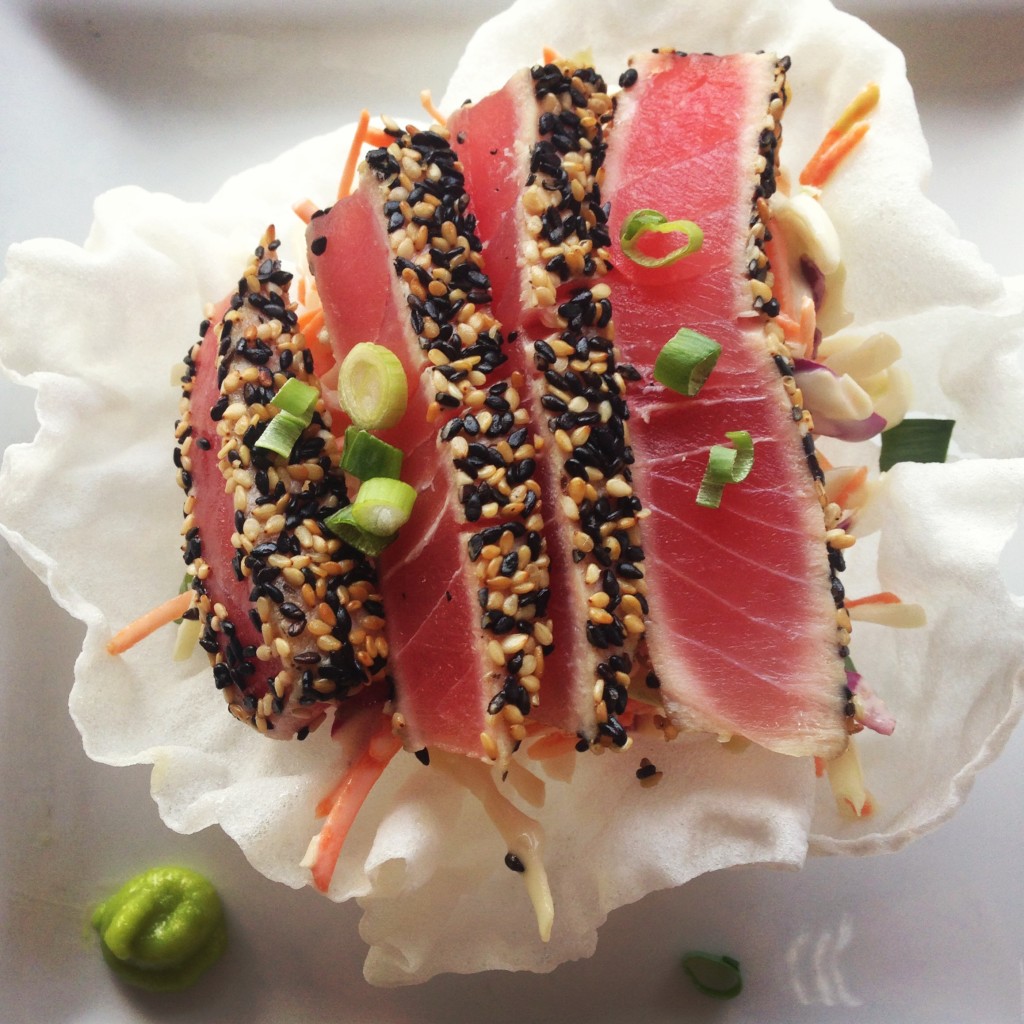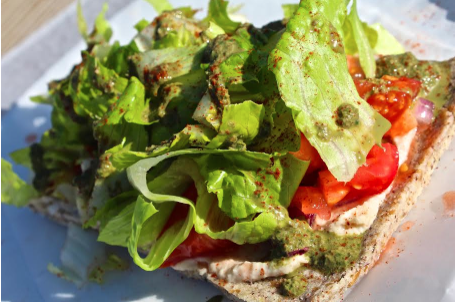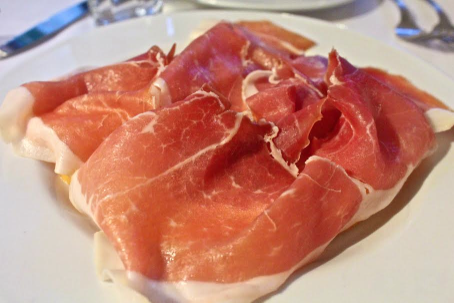There are few things more panic-inducing than realizing you have to be in a bikini in 2 weeks time after months of indulgence and general hibernation. But with the slew of contradictory nutrition advice that exists, it’s nearly impossible to know which diet regimen will get you the results you want.
Don’t panic. Not only have I outlined for you the five most popular diets in the U.S. today, but I’ve also assigned each a letter grade based on their sustainability over time.
We’ll see how smart your go-to diet truly is.
1. South Beach Diet

Photo by Ashley Hamati
The South Beach Diet involves three different phases: a strict two week phase limited to meats, nuts, and veggies, a less restrictive phase of adjustable length that reintroduces complex carbohydrates into your diet, and a third phase lasting indefinitely in which all food groups are incorporated and moderation is stressed.
Pro: If strictly adhered to, the diet undoubtedly produces results, with many participants shedding an impressive 10+ pounds in the first two weeks.
Con: The first two-week phase which eliminates dairy, sugar, and virtually all carbohydrates is overly restrictive. However, due to the doability of the second and third phases, it is one of the most sustainable and successful diets out there. South Beach diet, you win.
Sustainability Grade: A
2. Veganism

Photo by Ashley Hamati
Vegan diets entail the complete elimination of all animal byproducts, including meat, dairy, and eggs. While some choose a vegan lifestyle due to ethical beliefs, others do so because of the many health benefits that stem from the diet.
Pro: Decreased consumption of cholesterol and saturated fats.
Con: Meat, dairy, and eggs are all vital sources of protein, calcium, B12 vitamins, and health risks such as osteoporosis, anemia, and caloric deficiency spring from eliminating these food groups. It’s a nice idea in theory, but not especially sustainable.
Sustainability Grade: B
3. Gluten-Free

Photo by Ashley Hamati
In recent years, gluten has become the go-to to blame for a host of ills ranging from belly fat to depression to digestive problems. However, many health experts contend that gluten has no negative effects on the 99% of the population not suffering from Celiac.
Pro: As long as processed foods are not replaced with gluten-free alternatives, which are often higher in sugar and fat to replace lost taste and texture, a gluten-free diet could lead to a healthier lifestyle.
Con: This diet is incredibly hard to sustain due to the difficulty of finding gluten-free foods at restaurants and non-specialty grocery stores, and potential for nutritional deficiencies makes going gluten-free a little less desirable. Gluten-free dieters, we’re not buying it.
Sustainability Grade: C
4. Paleo Diet

Photo by Ashley Hamati
The Paleo Diet preaches a return to the days of cavemen; as they lived far before the Agricultural Revolution, grains and dairy are both eliminated under this eating plan. Basically, proponents say that if it was not available in the Stone Ages, it should not be eaten now.
Pro: Eliminating artificial sugars and other chemicals used in modern food production will have positive effects on weight and skin. Double-whammy.
Con: The prevalence of red meat raises concerns about cholesterol and fat, and eliminating all foods that were not available in Neolithic times makes the diet incredibly arduous to follow.
Sustainability Grade: D
5. Juice Cleanses

Photo by Ashley Hamati
Juice cleanses are easily one of the most dangerous ways to try to lose weight. Fiber and other valuable nutrients are lost when fruits and vegetables are converted into juice/smoothie form, not to mention the huge caloric and nutritional deficiencies that result from such a limited palate. We’re talking side effects like crankiness, dizziness, nausea, and even fainting. Worth it?
Pro: Trendy!
Con: Leaves out many nutrients vital to daily bodily function, not sustainable, expensive, and unhelpful in weight-loss. Sorry, juice cleanse lovers. The only thing you’ve got going for you is trendiness.
Sustainability Grade: F
For more information and tips about these diets, check out these awesome articles here:

